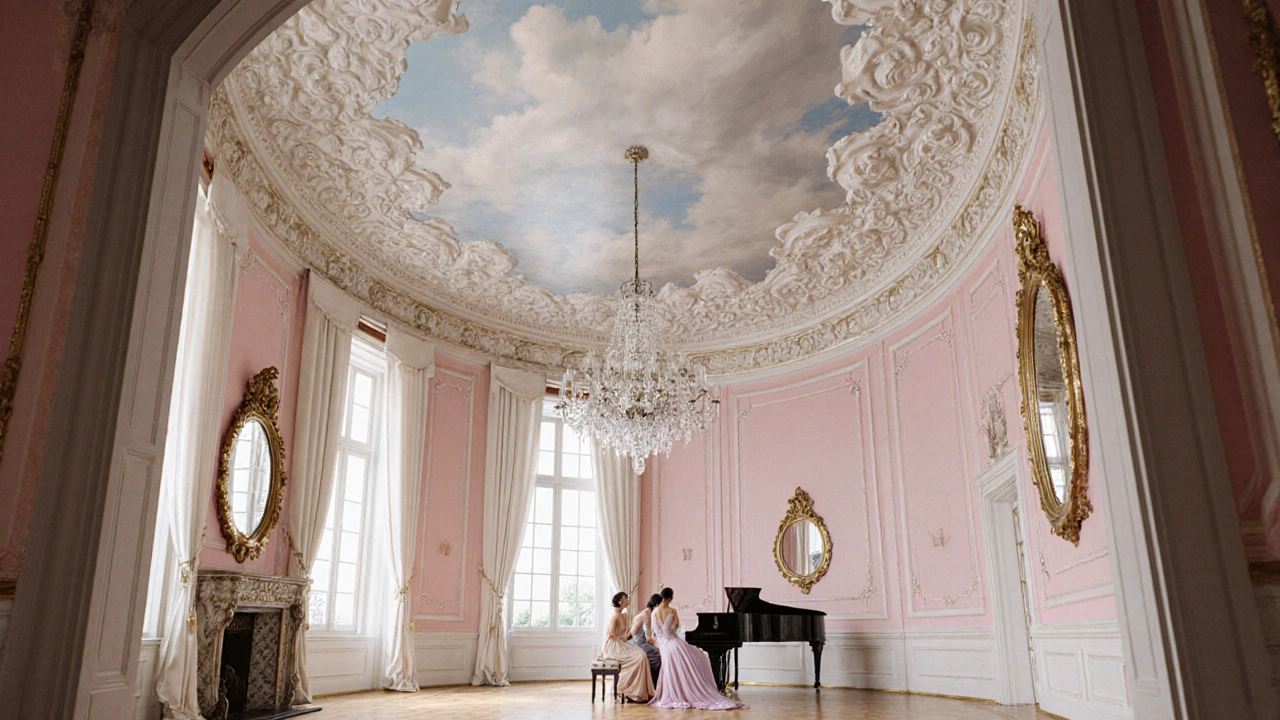Explore the rise of Rococo, its playful aesthetics, key artists, architectural highlights, and lasting influence on modern design in this in‑depth guide.
Rococo History: The Playful Turn in 18th‑Century Art & Architecture
When studying Rococo history, the evolution of a light‑hearted, decorative style that blossomed in mid‑1700s France. Also known as Rococo, it emerged as a reaction against the grandeur of Baroque and quickly spread to painting, interior design, and garden layouts. The style Rococo thrives on asymmetry, pastel palettes, and intricate scrollwork, reflecting the carefree tastes of the French aristocracy. French art the cultural output of France during the Enlightenment era provided the patronage that allowed architects and painters to experiment with curving lines and whimsical motifs. In short, Rococo history encompasses a shift from rigid formality to playful elegance, a change that would influence interiors across Europe for decades.
Key Features and Their Interconnected Worlds
The heart of Rococo lies in three linked ideas: decorative excess, intimate scale, and natural inspiration. First, Rococo architecture buildings and interiors characterized by asymmetrical curves, light colors, and elaborate stucco work demanded a new language of design—think oval rooms, mirrored walls, and elaborate plaster reliefs that seemed to float. Second, Rococo painting artworks featuring pastel hues, playful subjects, and fluid brushwork mirrored these architectural trends, filling walls with scenes of love, mythology, and garden parties. The third element, decorative arts, brought together porcelain, furniture, and textiles, all echoing the same curvilinear motifs. Rococo history requires a keen eye for contrast: the style embraces lightness while maintaining a high level of craftsmanship. For example, the Salon de la Princesse at the Hôtel de Soubise showcases ceiling frescoes that dissolve into gilded stucco clouds, creating an illusion of endless space—a direct semantic triple: Rococo architecture encompasses illusionistic ceilings, Rococo painting provides the narrative scenes, and French aristocracy influences the choice of intimate, private rooms. Another triple links the style to its antecedent: Baroque grandeur influences Rococo’s love of drama, yet Rococo rejects the heavy symmetry of Baroque in favor of playful asymmetry. Beyond interiors, the style spilled into urban planning. French gardens swapped rigid parterres for winding paths, reflecting the same organic flow found in interior rooms. This crossover shows how Rococo history connects architecture, painting, and landscape design, forming a cohesive cultural moment that resonates with today’s designers seeking softness amid modern minimalism.
Understanding these connections helps you see why a single curve can tell a story about 18th‑century society, taste, and technology. The playful ornamentation that defined Rococo also hinted at a shift toward personal comfort over public display—a philosophy that still informs contemporary interior trends.
Below you’ll discover a curated set of articles that dig deeper into each of these facets. From the rise and fall of the French Rococo movement to its lasting impact on modern design, the posts cover the style’s origins, signature elements, and the way it still inspires today’s architects and artists. Dive in to see how the lightness of Rococo continues to shape our built environment and creative expressions.

